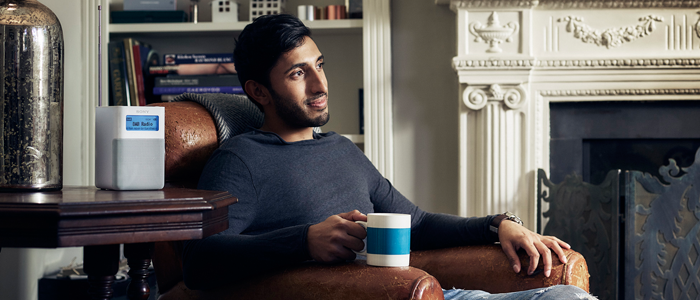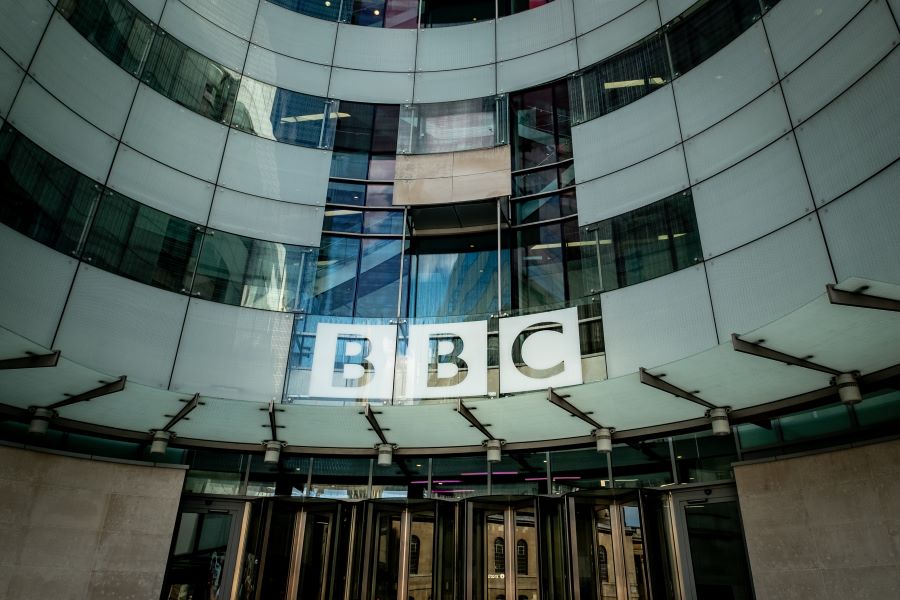
Impact assessment: why the one stop shop still makes sense

Radiocentre’s Planning Director Mark Barber gives his take on the newspaper industry’s new Impact initiative, and how commercial radio recognised the value of offering advertisers a one stop shop to make media transactions more frictionless long ago…
As the dust settles on an enjoyable but ultimately unsuccessful England World Cup campaign, Donald Trump’s divisive visit to the UK reminds us that the unity we’ve experienced in recent weeks as football supporters has only afforded temporary relief from our increasingly polarised political landscape.
Often it seems that ad land is similarly divided when it comes to media targeting and related trading approaches. Understandably, the offer of reaching audiences ever-more-efficiently is seductive – hands up who wants a less-efficient media schedule – and with technology taking all the weight and responsibility for delivering this across a broad range of publishers it’s easy to understand why narrow programmatic targeting is so popular.
But, as I wrote for ExchangeWire recently, targeting too tightly can be detrimental for brands that are seeking to grow their business. Research demonstrates that the broader the reach, the broader the effects are. When brands need broad reach to grow, the targeting emphasis shifts from pure efficiency to enhancing the relevance of a brand’s message via editorial or consumer context, such as time of day. But maximising reach frequently requires using competitive media owners whose inventory isn’t necessarily plugged programmatically into the agency trading desk, often raising concerns about how smooth the trading experience will be.
So hats off to the newspaper industry for seeking to address this through their Impact initiative which allows advertisers to buy the first ad in every national newspaper in print and online with just one phone call. Obviously it comes at a cost, £375,000 in fact. But as well as ease of access, Impact delivers impressive audience numbers – reaching just over 21m adults at an average frequency of 2.4 times in a day, according to Pamco. It’s a bold approach and will undoubtedly encourage people to consider the newsbrands sector in a new light.
But this sort of collaboration isn’t restricted to the newspaper industry. Having started as a local medium with a multitude of owners, commercial radio recognised early on the value of developing opportunities to communicate with audiences in a relevant context and reduce potential friction in the trading process.
Nowadays the market has consolidated greatly and is a lot easier to navigate from both a planning and buying perspective but radio packages continue to offer advertisers one stop shop access to a specific editorial environment across a wide range of stations: Newslink, to be heard in news bulletins; Network Drive, to speak to listeners in traffic and travel reports; and Entertainment News hopefully doesn’t require further explanation. Individually their audience stats are impressive but collectively over the course of a single day these three packages deliver reach of around 21m adults – in line with Impact’s combined print and online figures – at double the frequency (and a significantly lower price).
Emerging media opportunities can also benefit from a more collective sell. Prior to the launch of DAX the digital audio market was stuttering, struggling to find the momentum to take-off. Since Global’s cross-publisher initiative provided advertisers with easy-to-access critical mass audiences the digital audio market has become one of the fastest growing streams of ad revenue.
As the media world becomes more complex, the tendency is to rely on technology to overcome the challenges this creates. Experience suggests that when it comes to making media transactions more frictionless, the best solutions are often the simplest.


